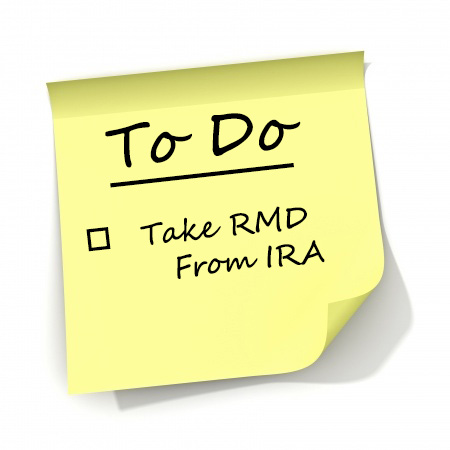
Blog: Retirement Accounts: Rollover Relief for RMDs
 Generally, taxpayers must begin taking a required minimum distribution (RMD) from a defined-contribution retirement plan, including a 401(k) or 403(b) plan, or an IRA when they reach age 72 (70 1/2 if they reached 70 ½ before January 1, 2020). The RMD for any year is the account balance as of the end of the immediately preceding calendar year divided by a distribution period from the IRS’s “Uniform Lifetime Table” and is the minimum amount you must withdraw from your account each year.
Generally, taxpayers must begin taking a required minimum distribution (RMD) from a defined-contribution retirement plan, including a 401(k) or 403(b) plan, or an IRA when they reach age 72 (70 1/2 if they reached 70 ½ before January 1, 2020). The RMD for any year is the account balance as of the end of the immediately preceding calendar year divided by a distribution period from the IRS’s “Uniform Lifetime Table” and is the minimum amount you must withdraw from your account each year.
The CARES Act, however, allowed taxpayers with an RMD due in 2020, to skip any RMDs this year. This includes anyone who turned age 70 1/2 in 2019 and would have had to take the first RMD by April 1, 2020.
This waiver does not apply to defined-benefit plans.
If you’ve already taken out a required minimum distribution (RMD) this year (2020) from a retirement account you now have the opportunity to roll those funds back into a retirement account, thanks to the CARES Act RMD waiver for 2020. Furthermore, the 60-day rollover period for any RMDs already taken this year has been extended to August 31, 2020, to give taxpayers time to take advantage of this opportunity.
In addition to the rollover opportunity, an IRA owner or beneficiary who has already received a distribution from an IRA of an amount that would have been an RMD in 2020 can repay the distribution to the IRA by August 31, 2020.
This repayment is not subject to the one rollover per 12-month period limitation and the restriction on rollovers for inherited IRAs.



Engage us on Facebook
Follow us on Twitter
Tweets by @mymcmedia